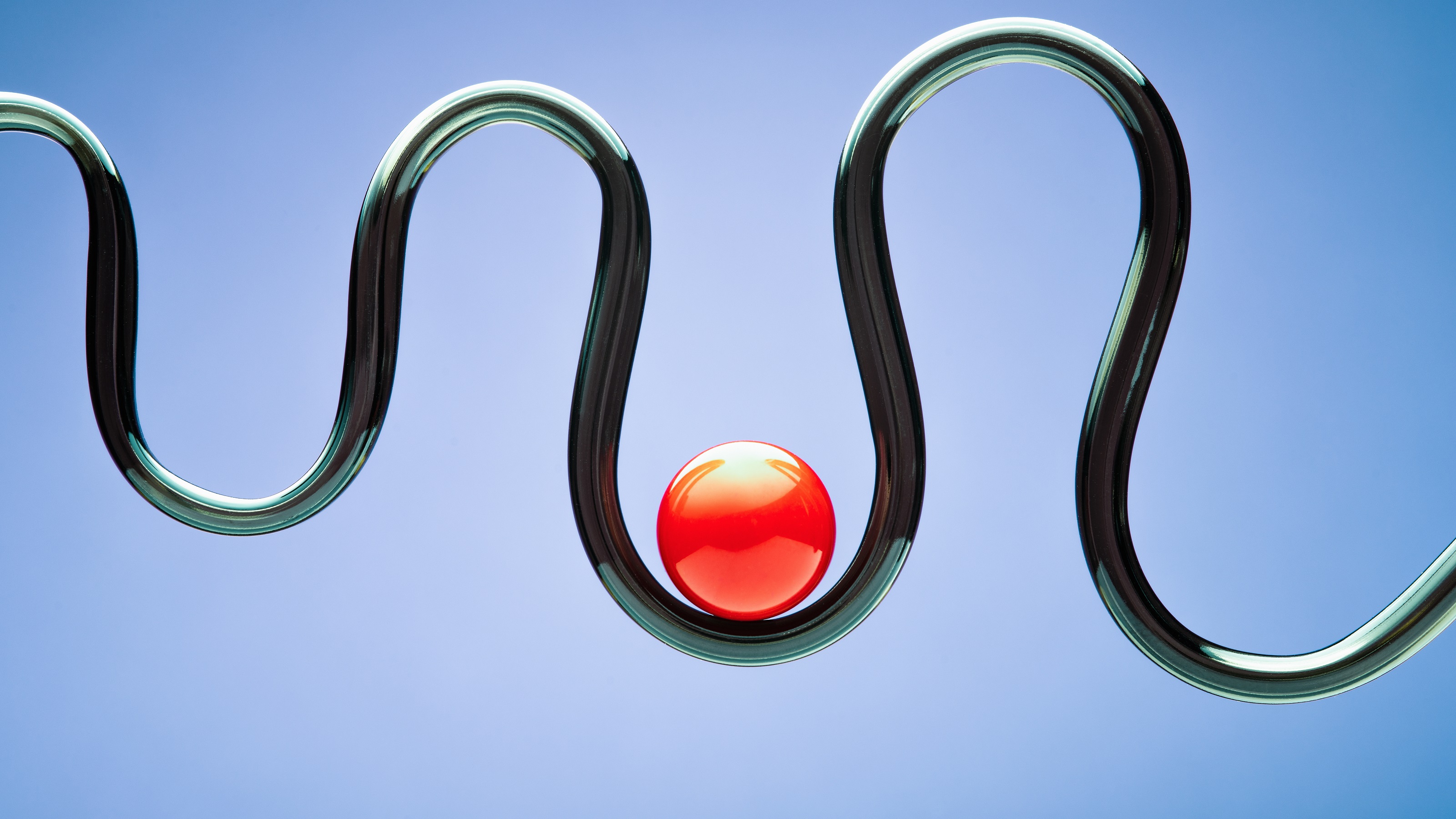An IPA Isn't Just a Beer, It's a Secret to Commercial Real Estate Investing
When investing in real estate, picking the right property is paramount, and one way to go about that is by using my "IPA" evaluation philosophy.

The Pacific Northwest grows more than 75% of the hops in the United States. The Willamette Valley, where my office is located, sits on the 45th parallel, where our abundant rainfall, moderate climate and fertile soil provide ideal conditions for hop production. Lucky for us, the result is some of the world’s most innovative and best-tasting India Pale Ales, or IPAs.
Believe it or not, while most of us are familiar with the term IPA from the world of beer, it has significance in the world of real estate, as well. This acronym stands for a guiding philosophy I use to identify multifamily acquisitions for rehabilitation and long-term investment success.
‘I’ Stands for Intrinsic Value
Real estate value is derived by its qualities — some changeable and others that are not. Savvy investors acquire properties with high “intrinsic value,” defined as compelling characteristics that are fundamentally permanent.

Sign up for Kiplinger’s Free E-Newsletters
Profit and prosper with the best of expert advice on investing, taxes, retirement, personal finance and more - straight to your e-mail.
Profit and prosper with the best of expert advice - straight to your e-mail.
Examples of a building’s intrinsic value include quality construction with appealing design, desirable floor plans and an attractive community layout. My firm specializes in acquiring value-add multifamily, typically built in the 1980s and ’90s, usually considered a core or "A/B+" asset when constructed but today is cosmetically aged.
The property’s aesthetics relegate it to “B” status and lower rent levels, but the property still possesses the intrinsic values of comparable “A” properties. We strategically acquire, aesthetically improve and reposition such properties to compete as best-in-class assets.
Property markets and submarkets also possess intrinsic value. Some of the intrinsic qualities to look for in a strong commercial real estate market include:
- Above-average proportions of people moving into the area vs. out of it
- High job gains and forecasted income growth
- Balanced housing supply and demand
- Quality lifestyle factors such as regional recreation, neighborhood amenities, favorable commute times, accessible education and medical centers
- Healthy local/regional economic climate
- Proven public commitment to city infrastructure; high rankings in transportation, renewable energy and internet access
Without these conditions, even the best-managed properties can’t perform to their potential. Our firm has been active in the Southeast (Charlotte, Atlanta, Raleigh and South Florida) and the Pacific Northwest (Seattle and Portland) for more than 25 years. Each of these regions has proven intrinsic value to form the foundation for successful real estate performance.
‘P’ Stands for Price Per Pound
A good real estate investment begins with a good buy. Because real estate investors lock in the basis on the day of purchase, they need to get it right.
Our strategy to buy right, at an attractive “price per pound,” relies on subjective valuation and an objective understanding of market trends. Comprehending the facts reflected in comparable sales and rental data is the first step in an acquisition decision.
As an example of this approach, one of our investor groups purchased a “B-” multifamily property in the Seattle metro in 2015 at a price of $99,000 per unit. Sales comparables were 10%+ above the purchase price, rent comparables suggested significant income upside, and economic fundamentals supported 6% annual organic rent growth.
We then invested $1.5 million into capital improvements and managed a positive turn-around in operations to capture additional value of the apartment community. The property was refinanced in early 2018 — less than three years from its acquisition — at an appraised value of $193,000 per unit. This is a dramatic example of equity growth, but it all began with a smart “price-per-pound” purchase.
‘A’ Stands for Affordability
In commercial real estate, assessing a project’s “affordability” does not mean your cost to purchase the property as the investor. It means understanding your target resident or tenant demographics. In order to sustain your business plan, the rental pricing must provide good value and, most importantly, be considered affordable to an expanding group of renters.
As a real estate investor focused on multifamily, I am only active in submarkets with dynamic economic upside that still offer rental rates at less than 30% of resident incomes. Examples include Atlanta and Charlotte.
At this point in the real estate cycle, rent affordability is showing itself as a major factor as to whether rent growth — which translates into increased property value — continues in a sustained trajectory versus plateauing or dropping. Markets like Boston and Washington, D.C., are now seeing falling rents, which is due in part to a mobility that allows renters to migrate to cities and housing that offers better value and lower rent/income ratios.
Like the favorable conditions that produce choice hops and world-class beer, my “IPA” acquisition approach has delivered successful investment results through changing markets. Hopefully the next time you pick up an IPA from the Pacific Northwest, thoughts of real estate will come to mind. Cheers!
Get Kiplinger Today newsletter — free
Profit and prosper with the best of Kiplinger's advice on investing, taxes, retirement, personal finance and much more. Delivered daily. Enter your email in the box and click Sign Me Up.

Karlin is Principal and Executive Vice President of Investors Management Group, a privately held real estate firm headquartered in Woodland Hills, Calif. IMG has transacted over $1.6 billion nationally in this cycle, with over $500 million in multifamily assets (3,000 units) currently under management nationwide. She holds an MBA from the University of Oregon.
-
 Free IRS Tax Filing for 30 Million People: Will It Continue Under Trump?
Free IRS Tax Filing for 30 Million People: Will It Continue Under Trump?Tax Filing Direct File was piloted last year in 12 states and has since expanded to 25. But some wonder whether the program will last under the Trump administration.
By Gabriella Cruz-Martínez Published
-
 Financial Security vs Financial Freedom: What's the Difference?
Financial Security vs Financial Freedom: What's the Difference?Having the ability to pivot without worrying about financial support is where financial security becomes financial freedom.
By Justin Donald Published
-
 Going Through Probate? How to Find the Right Attorney
Going Through Probate? How to Find the Right AttorneyJust having the skills and experience to do the job isn't enough. The probate attorney you hire needs to have the right temperament for your particular case.
By John R. Silva, Esq. Published
-
 Widow's Penalty: Three Ways to Protect Your Finances
Widow's Penalty: Three Ways to Protect Your FinancesHigher Medicare premiums, smaller Social Security payments, bigger tax bills … Financial changes can hit hard when a spouse dies. How to counter the blow.
By Ashley Terrell, IAR Published
-
 Four Ways Your Phone Can Help You Weather Market Volatility
Four Ways Your Phone Can Help You Weather Market VolatilitySmartphone apps can help investors make healthy decisions and maintain a disciplined investment approach — even when emotions try to steer them off course.
By Marco De Freitas Published
-
 Stick to the Plan: Don't Panic During Economic Uncertainty
Stick to the Plan: Don't Panic During Economic UncertaintyTake a breath and step back. Focus on a solid fiscal foundation to stabilize your investments during stock market volatility.
By Eric Lahaie, CFS®, RICP® Published
-
 How Inflation Affects Your Finances and How to Stay Ahead
How Inflation Affects Your Finances and How to Stay AheadThe cost of goods and services is certain to rise over time, making it essential to have a financial plan that will help you keep pace.
By Kyle D. Sikes Published
-
 Now's a Great Time to Become a Financial Adviser: Here's Why
Now's a Great Time to Become a Financial Adviser: Here's WhyThere's a growing need for financial advisers. Why not take on a role that offers earning potential and work-life balance and helps change lives?
By John Roberts Published
-
 Little-Known Ways to Guard Your Retirement Income
Little-Known Ways to Guard Your Retirement IncomeIs your retirement income safe if stocks continue to plummet? Most retirees don't know these reliable options to limit their market exposure.
By Jacob Cornell Published
-
 Three Warning Signs Your Investments Are (Needlessly) Too Risky
Three Warning Signs Your Investments Are (Needlessly) Too RiskyAll investments come with risk, but the secret is to take only enough risk to get you to your specific savings goals — and no more than that.
By Eric Roberge, Certified Financial Planner (CFP) and Investment Adviser Published